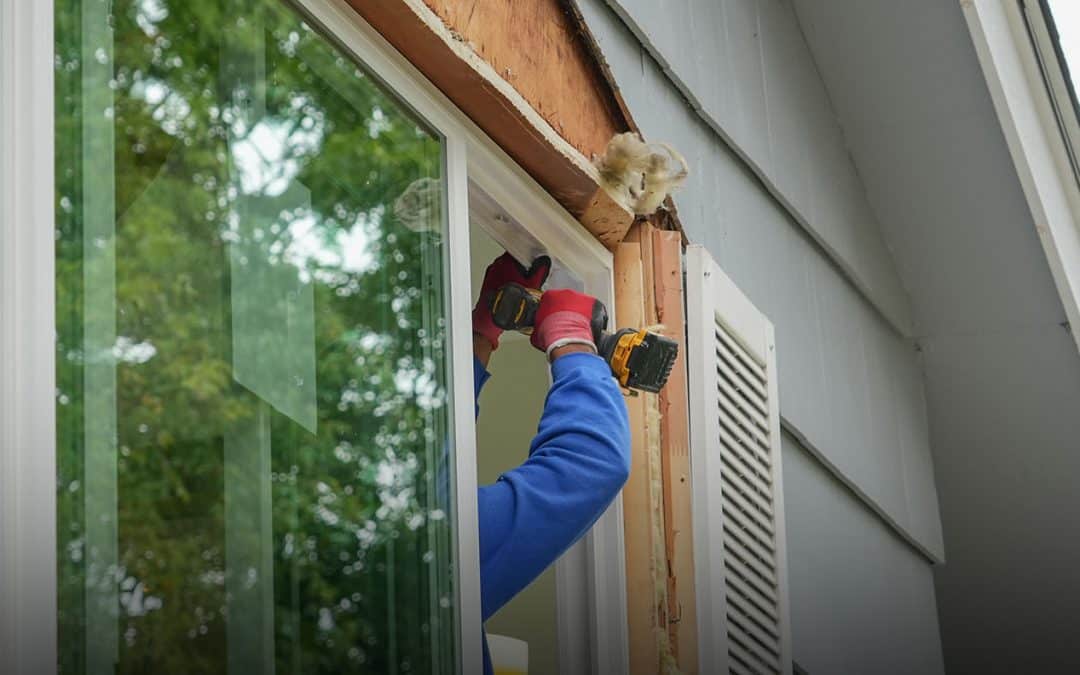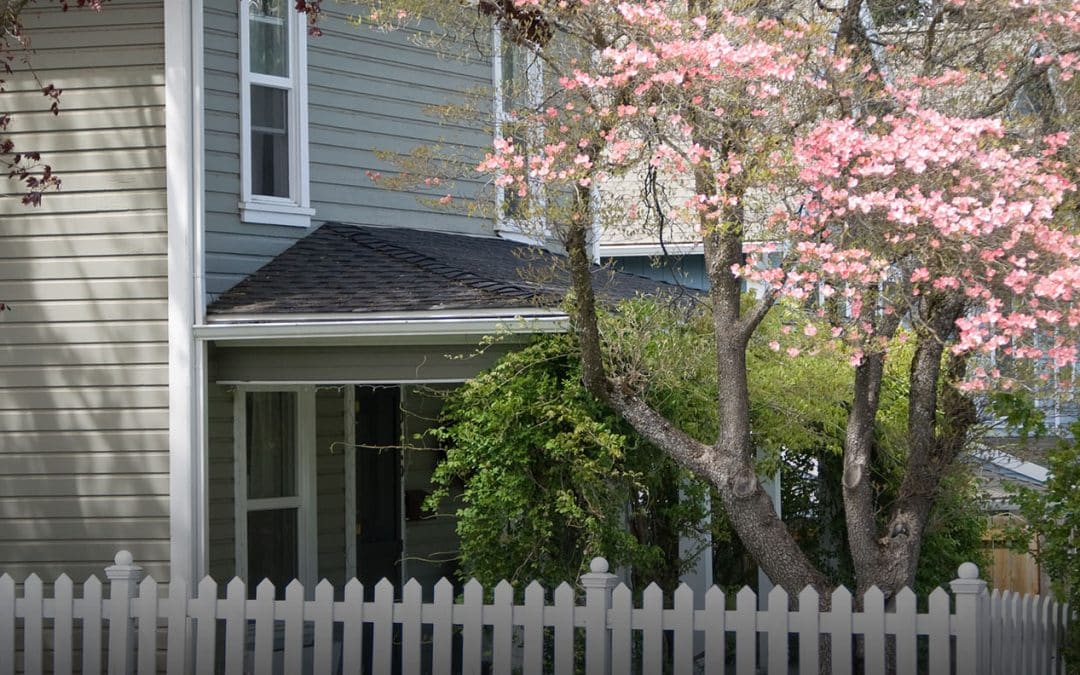If you’re a homeowner who deals with cold weather during the winter months, you want to keep your home as cozy as possible. Properly sealing the windows and doors of your home is one way to do this. Not only will this keep your home more energy efficient, it will save you money.
According to the U.S. Department of Energy, a typical American family spends nearly $2,000 annually on home energy bills, with most of that money being wasted through leaky windows or ducts, leaky doors, or inefficient heating and cooling systems.
By not properly sealing your windows and doors, your home’s heating systems work overtime due to the constant drafts coming through the house, adding to your overall energy costs.
Signs your windows and doors have air leaks
To be energy efficient, Energy Star and the folks at This Old House recommend first identifying if your windows and doors have any air leaks. Some of these ways include checking if there are:
- Visible gaps around window or door trims.
- Spaces between the window sash and frame.
- Spaces between the doors and the floor.
- Cracks in windowpanes or frames.
- Drafts around closed windows or doors.
- Worn or damaged weather stripping.
- Visible pests and dust entering through gaps in or around windows or doors.
If your windows or doors are showing any of the above signs, you may want to replace them. If you can’t financially go that route, there are more affordable ways to properly seal them to keep your home comfortable for the winter months.
Insulation spray can be added to the areas behind your window and door trims to keep cold air from coming through them. You can also fix or add weather stripping around windows and doors for the drafts.
How to Seal Windows
To specifically seal your windows for the winter, you can:
- Seal windows shut with temporary caulking.
- Use weatherstripping cut to your window dimensions, peel off the adhesive, and align the rubber down the window frame to cover gaps.
- Use expanding foam to fill holes and gaps around the window.
- Install storm windows for wind protection.
- Install heavier, thicker fabric curtains designed to keep cold air out and block outside light.
- Apply heat-shrink plastic window film to seal and winterize windows.
How to Seal Doors
To seal your doors you can:
- Use a door sweep to block out cold air.
- Use a foam rubber backer rod to fill the space between the sash and door stool.
- Use sash locks on double-hung windows.
- Use a deadbolt to keep the door tight and strengthen its seal.
- Install aluminum door gaskets to the molding of the door frame.
- For gaps at the bottom of the door you could create a DIY “draft snake” which is a fabric tube filled with rice, beans, sand or polyester fiberfill. It is a simple, effective, and eco-friendly solution to block cold air, heat, and noise from entering or escaping through gaps under doors.
While the U.S. Department of Energy does not offer energy assessments, you can find a professional assessor near you by visiting RESNET or the Building Performance Institute to check the energy efficiency of your home.
We hope these tips will help keep your home cozy during the winter months while saving you money! To ensure you have the right type of coverage on your property insurance policy, check with your independent agent in your state. And if you are not a MAPFRE Insurance customer yet, you can always get a fast, free quote today in Massachusetts to see how much you could save!



